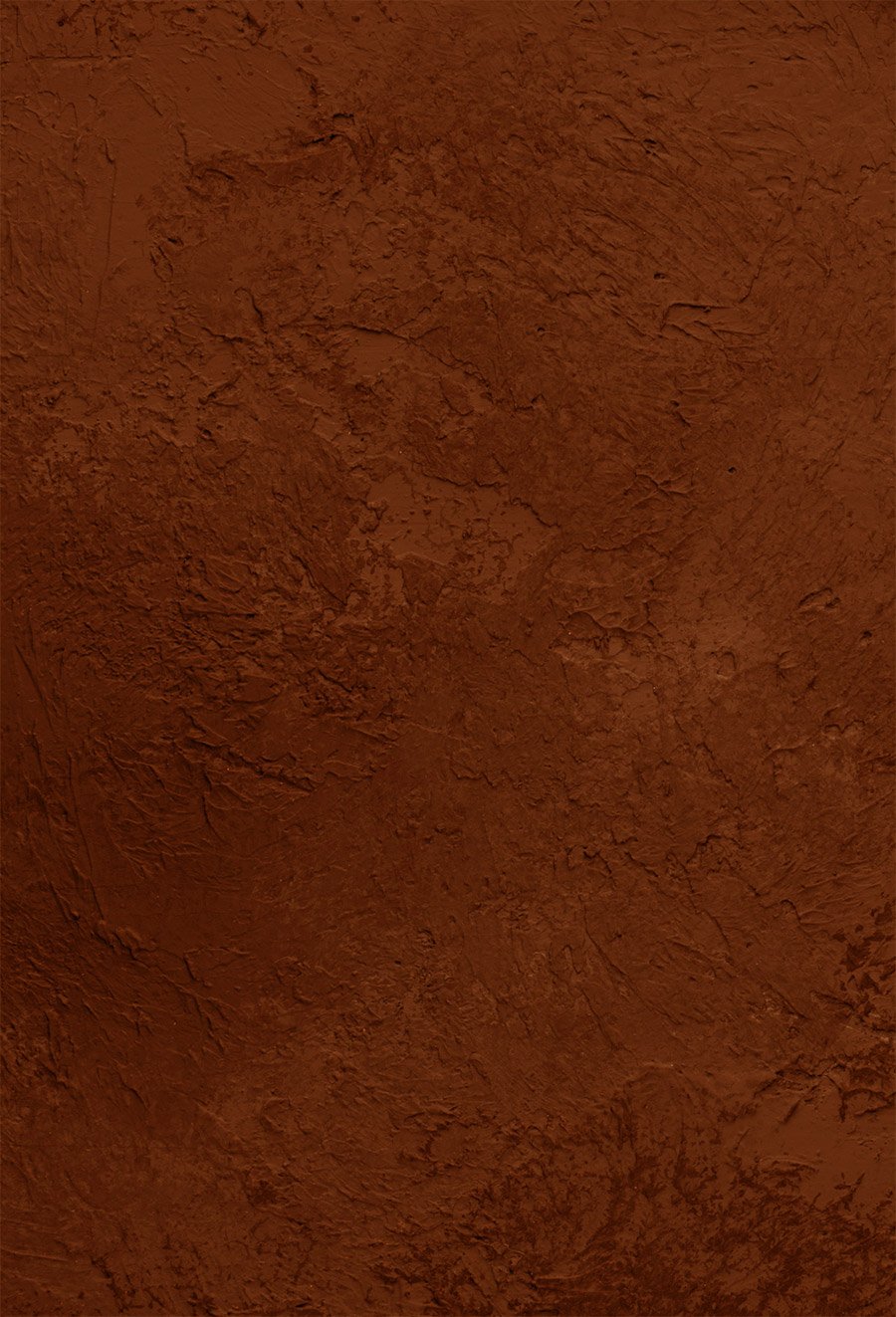
Follow the recipe
The most reliable way to provide all the technical and artistic elements necessary to consistently reproduce a successful product without fail.
Immersive learning
Video is my preferred format for delivering a wide range of training and how-to demonstrations because it allows me to efficiently show and tell an infinite number of users how to repeat the process themselves. Video training is inherently more engaging than text and image-only methods.
Think about it. Would you rather read half a dozen pages of text telling you how to prepare a recipe, or watch a polished video of a master chef revealing the techniques used to personally prepare each step of the recipe for you onscreen. Video is how people learn today.
Video Training Gallery | Training Video Recipe
Resume
Available by Request
My Portfolio
All Sections
Video Gallery
MP4
According to a 2022 LinkedIn study, 94% of the teachers in the U.S. found video training to be quite effective, in many cases even more than teaching students using traditional textbooks. Abstract concepts that may otherwise be difficult to understand can often be absorbed more easily by watching someone perform or demonstrate the process visually.
Over the last decade I have revised and perfected my own recipe for creating highly effective video training programs. My years of experience testing, designing, and improving user interfaces taught me how to digest and simplify even the most complex technical workflows. This is the essence of usability and execution I weave into all the video training I create today.
Main ingredient: Consistency

Step 1: CONSULT & LEARN
Follow the Leader
My first order of business is to to get together with the subject matter experts (SME): specialists, well versed in the processes requiring training. What I really need is to watch the SME put the widget through its paces, flaws and all.
One method I’ve found to be very effective is to remotely record the SME demonstrating the tool, application, system, or site live online for me.
Dig In
In addition to observing the process the recording allows me to capture any questions and clarifications related to the process.
These sessions help me quickly understand the workflow needed to move to the next step.

Step 2: PLAN & SCRIPT
Create the Sequence
The next step in the recipe is to build a script from my session with the SME. First I transcribe the raw audio in the recording using speech to text software, e.g. Dragon Professional.
Then I create a rough outline from the steps demonstrated by the SME, while weaving in any clarification I’ve gleamed from our recorded conversation.
The idea here is not to simply imitate the expert. My job is to create a clear, concise script that’s informative, accurate, and easy to follow.
Create the Conversation
Once the SME verifies the script is accurate and complete, I massage the final language for the voice-over so the video will sound measured, relaxed, and naturally conversational.
Bottom line, if a laymen such as myself can accurately demonstrate the SME's process onscreen, users of any skill set should have no trouble following the material in the final training video.

Step 3: RECORD & BUILD
Dry Runs
Once the script has been approved I like to give the SME a dry run before I record the show video. This provides us with an opportunity to adjust the final narration if any gaps or mistakes are discovered.
Once we’re both satisfied, it’s time to record the demo. I don’t have to worry about being perfect. In fact, I often repeat the same lines many times, varying the tempo, emphasis, or inflection. I can always select whichever version I like most during post production.
Adding the Magic in Camtasia
With the full recording dropped it’s time to begin the post production process to synch the audio with the video timeline, add useful callouts, transitions, and title slides using a non-destructive video editor. In the same way a well edited movie keeps the viewer interested, I work hard to edit and polish even the smallest details in my videos.
That’s where the magic lives.

Step 4: SERVE & SHARE
Final QA
Before the final video can be shared online with its intended audience I like to give the SME one final opportunity to review the video for any show-stoppers: actual mistakes which tend to derail any demo. Any requests for alternative sequencing get added to the list of future enhancements.
ROI
On occasion, managers and stakeholders are given a sneak-peek at the final videos before they are made available to end-users.
Many reviews from senior leadership have resulted in requests to build additional videos or even expand existing training programs once management is offered the opportunity to appreciate the added value this type of training can provide other programs, departments, or even clients.





